Table of Contents
I’ve come to admire the beauty of regional dishes — and Maultaschen is a true gem of Southern Germany, especially in Swabia.
These hearty German dumplings are filled with meat, spinach, and herbs, then boiled or sometimes even pan-fried with butter.
They’re rich, comforting, and packed with flavor — perfect for a satisfying meal that feels homemade and traditional.
Step1
Make the Dough
On a clean surface, pile the flour and create a well in the center. Add eggs, olive oil, and salt.
Mix and knead into a smooth dough, adding water if necessary. Wrap in plastic and let rest for 30 minutes.
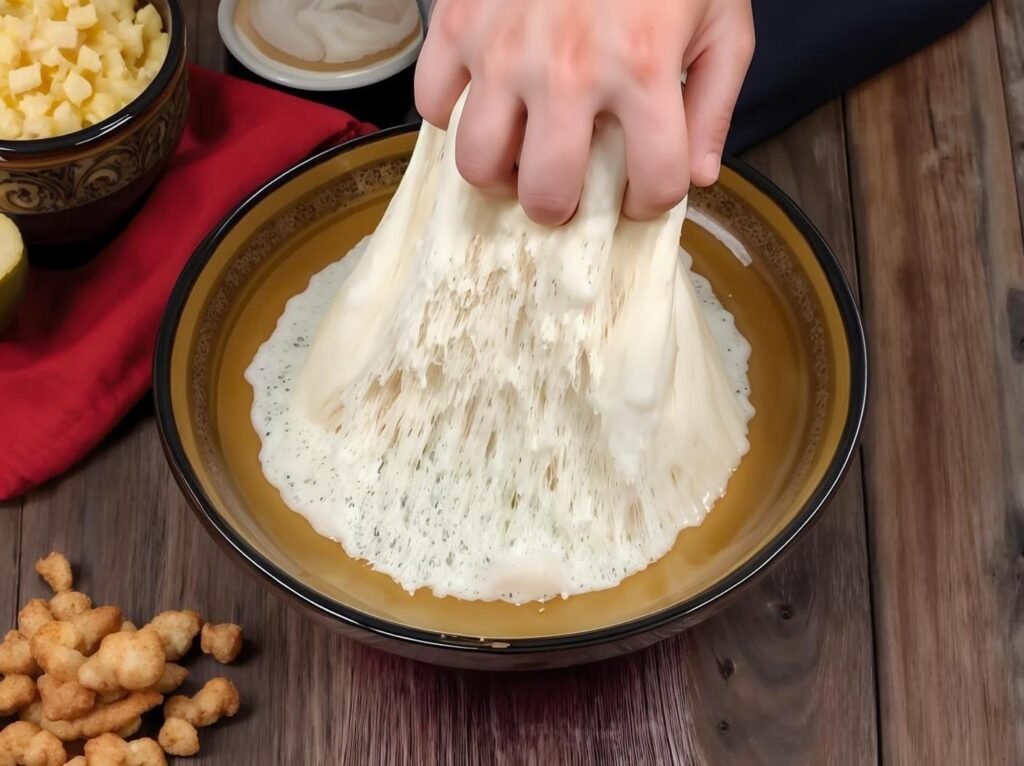
Step2
Prepare the Filling
In a pan, sauté onion and garlic until soft. Add spinach and cook until wilted, then let cool.
In a bowl, mix ground meats, spinach mixture, soaked bread (or breadcrumbs), egg, nutmeg, parsley, salt, and pepper.
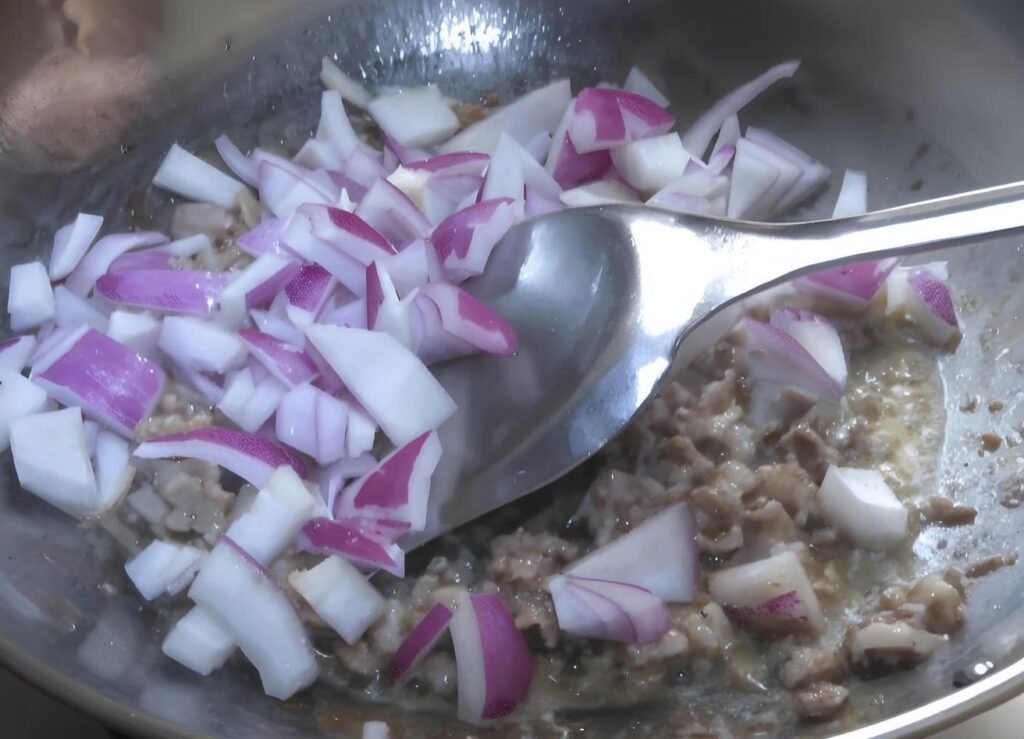
Step3
Assemble the Maultaschen
Roll out the dough very thin (about 1/16 inch/1.5mm). Cut into rectangles (about 3×4 inches).
Place a spoonful of filling on one side, fold over, and seal the edges tightly with a bit of water.
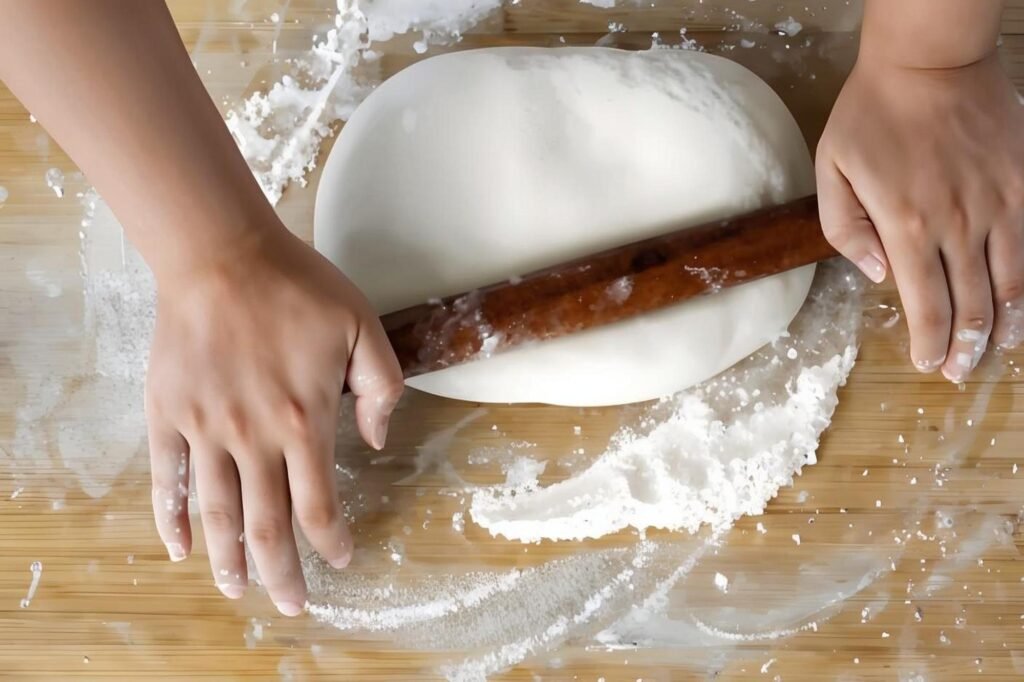
Step4
Cook the Maultaschen
Bring the broth to a gentle simmer (not a rolling boil!). Drop the dumplings in and cook for about 12–15 minutes until they float.
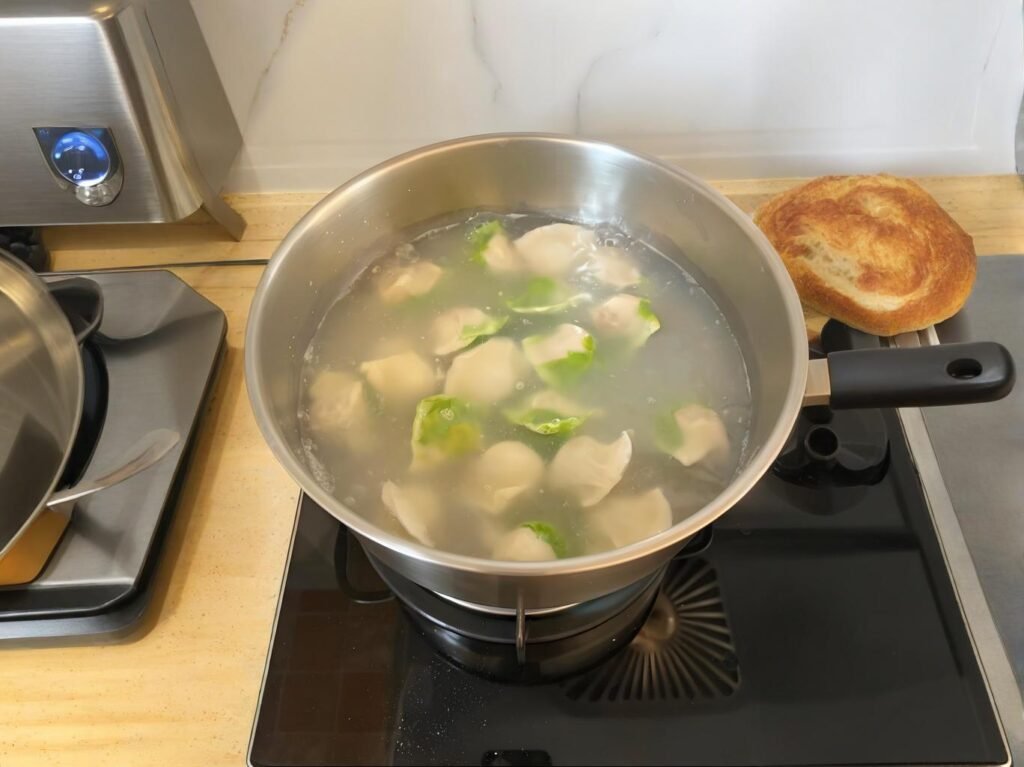
Step5
Serve
Serve hot in a bowl of broth, or pan-fry them lightly in butter after boiling for extra flavor. Garnish with chopped chives or parsley.
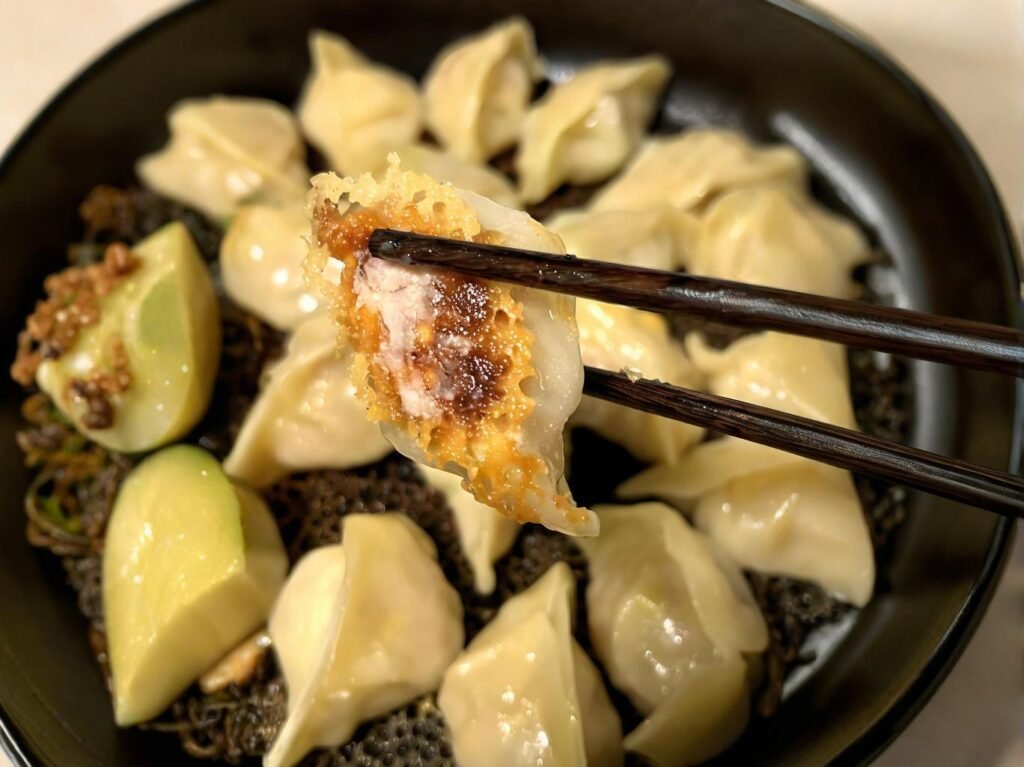
FAQ
Don’t Overfill the Dumplings
Add just enough filling so you can easily seal the dough. Overstuffed dumplings might burst open during cooking.
Simmer, Don’t Boil
Keep the broth at a gentle simmer when cooking Maultaschen. A rolling boil can cause the delicate dumplings to tear apart.
Seal Edges Firmly
Use a little water to moisten the edges and press them tightly. A good seal prevents the filling from leaking out while cooking.
Recipe Notes
I am not sure about the origin of this recipe, I just want to share the culture with you.
Maultaschen, often called the “Swabian ravioli,” come from the Swabia region of southern Germany, particularly around Baden-Württemberg.
The dish has been around since the 15th or 16th century, and local legends say it was invented by Cistercian monks at the Maulbronn Monastery — hence the name: “Maul” (mouth) + “Taschen” (pockets).
According to tradition, during Lent, when eating meat was forbidden, the clever monks supposedly hid minced meat inside pasta dough to “trick God” — a cheeky but delicious workaround!
This earned Maultaschen a fun nickname in Germany: “Herrgottsbescheißerle,” meaning “Little God-Cheaters.“
Today, Maultaschen is a beloved dish served throughout Germany, especially during Lent and Easter, but enjoyed year-round.
You’ll find it boiled in broth, fried in butter, or sliced into soups and salads — a true symbol of hearty, homemade German cooking.